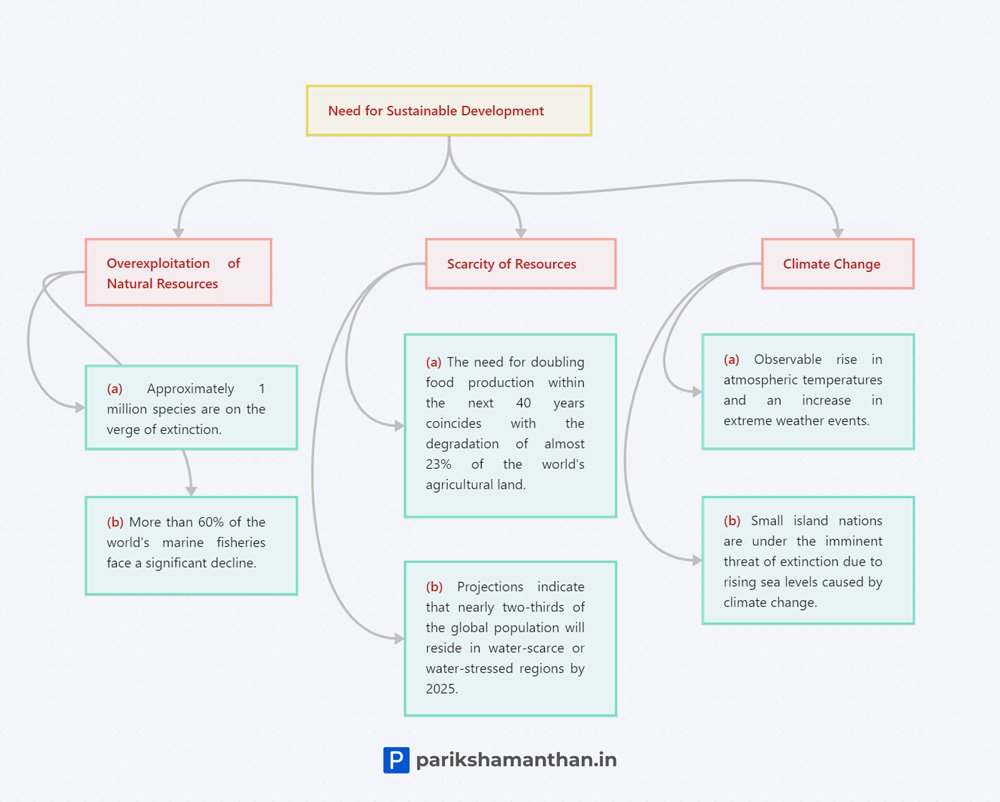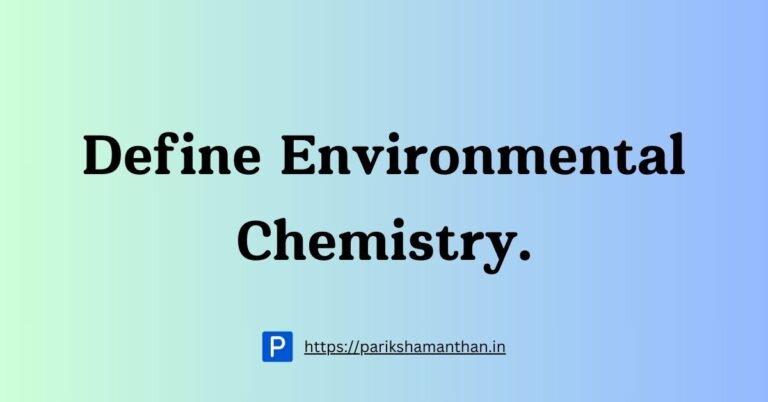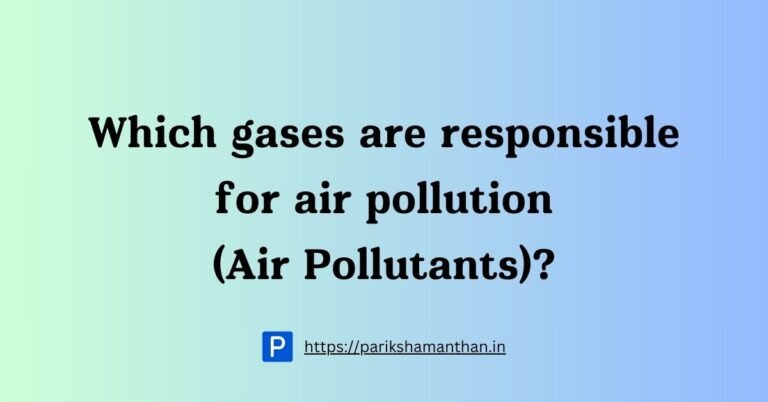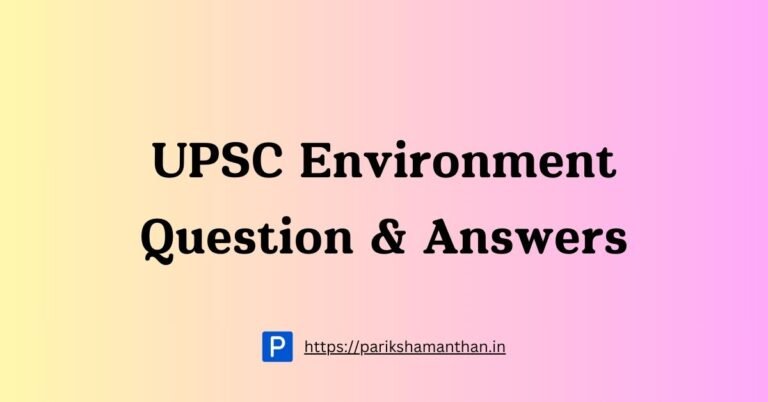The need for sustainable development arises from the recognition that our current patterns of economic growth and resource consumption are not environmentally sustainable in the long term. Understanding the significant environmental challenges our planet faces, sustainable development aims to meet the needs of the present without compromising the ability of future generations to meet their own needs.
What is the Need for Sustainable Development:
Sustainable development encompasses three fundamental pillars: Economic growth, Environmental protection, and Social inclusion. These pillars are interconnected, influencing both individual and societal well-being. By integrating economic growth, environmental protection, and social inclusion, sustainable development seeks to create a balanced and resilient society that meets the needs of both present and future generations while safeguarding the health of the planet.
Economic Growth:
Sustainable economic growth is essential for ensuring prosperity for present and future generations. It involves promoting economic activities that do not deplete natural resources or harm the environment in the long term. Additionally, sustainable economic growth focuses on investing in sectors that create jobs, reduce poverty, foster innovation, and minimize negative environmental impacts.
Environmental Protection:
Environmental sustainability is critical for maintaining the health of ecosystems and preserving biodiversity. It entails conserving natural resources, reducing pollution and waste, and mitigating the impacts of climate change. Environmental protection measures are vital to ensure that economic development does not come at the expense of the planet’s health and resilience.
Social Inclusion:
Sustainable development prioritizes social inclusion to ensure that all individuals and communities have access to opportunities, resources, and services. This involves promoting equity, justice, and human rights, as well as addressing issues such as poverty, inequality, and discrimination. Social inclusion ensures that the benefits of economic growth and environmental protection are shared equitably among all members of society.
Also Read: Sustainable Development Goals (SDGs)
The Need for Sustainable Development:
The multifaceted need for sustainable development arises from various challenges, including the overexploitation of natural resources, increasing Scarcity of Resources, and the growing danger posed by climate change.
Overexploitation of Natural Resources:
- Overexploitation of natural resources, such as habitat destruction, pollution, and climate change, poses significant threats to biodiversity, necessitating a shift toward sustainable practices.
- Many species are at risk of disappearing because we’re using up resources too fast. Destroying habitats, pollution, and climate change are making this crisis worse. We need to change how we use resources to protect these species.
- Over 60% of the world’s fish populations have decreased a lot because of overfishing and harmful fishing methods. Sustainable development is important to help fish populations recover and protect the oceans and people who depend on them.
Scarcity of Resources:
- We need to produce double the amount of food in the next 40 years, but our farmland is getting worse. Sustainable development means using farming methods that help the land stay healthy and using it responsibly.
- By 2025, almost two-thirds of the world’s people will live in areas where there’s not enough water. Sustainable development is about saving water, using it wisely, and fixing areas where water is polluted.
Climate Change:
- Climate change, characterized by atmospheric changes, extreme weather events, and rising sea levels, further emphasizes the need for sustainable development to mitigate its adverse effects and protect vulnerable communities.
- The planet is getting warmer, and we’re seeing more extreme weather like storms and heatwaves. Sustainable development means using clean energy, producing less pollution, and preparing for climate change’s effects.
- Rising sea levels are a big problem for small islands. Sustainable development calls for working together to reduce pollution, adapt to changes, and protect people who are most at risk.

Conclusion:
Sustainable development offers a strategic approach to preserve the environment, protect biodiversity, mitigate climate change, eradicate poverty, promote social inclusivity, and foster long-term economic growth. By embracing sustainable practices, we can ensure that the Earth has enough resources to meet our present and future needs for development while preserving the health of the planet for generations to come.







